Organ Pipe Cactus (Stenocereus Thurberi) Grow & Care Guide
Written by Iris
Nov 18 2021
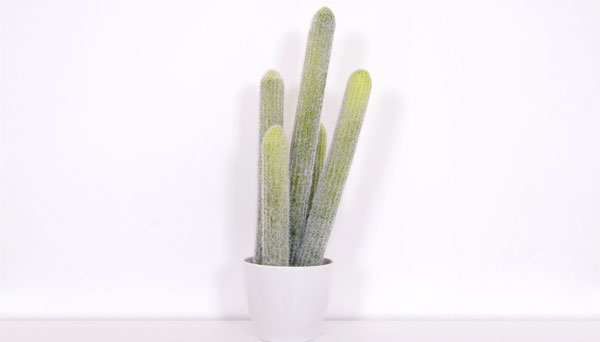
Organ Pipe Cactus (Stenocereus Thurberi) is a cactus native to Mexico and the United States. Organ Pipe Cactus, the species is found in rocky deserts. Two subspecies are identified by their distribution and height. The Organ Canal Cactus National Monument is named after the species. Its common English name derives from its similarity to a pipe organ. It is known locally as Pitaya Dulce, Spanish for "sweet pitaya fruit" or sweet cactus fruit.
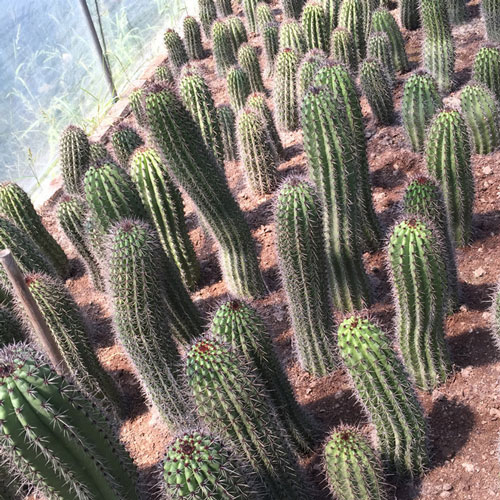
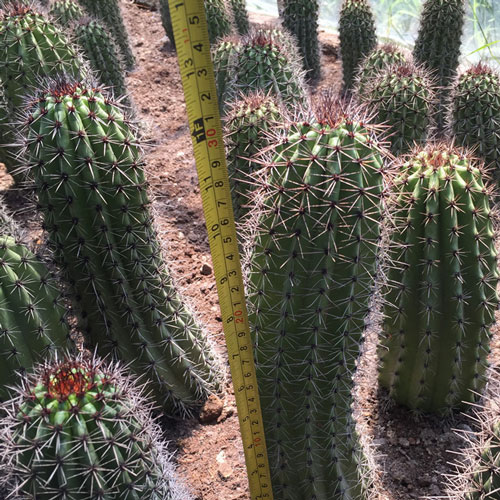
This succulent type is a slow grower so even if it can be propagated by its seeds, this method is not recommended. To propagate from the seeds, plant the seeds in a well-draining soil mixture. This method can be used outdoors. In cooler areas, indoor propagating is recommended.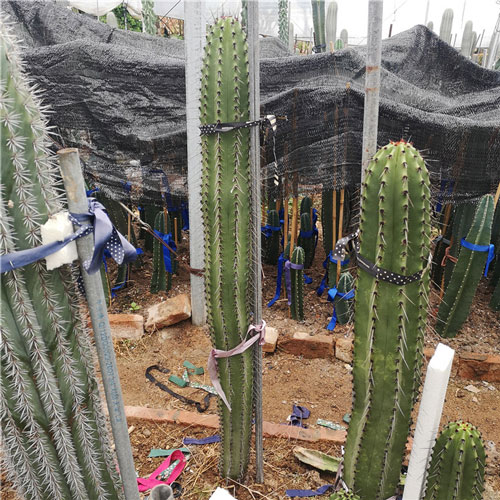
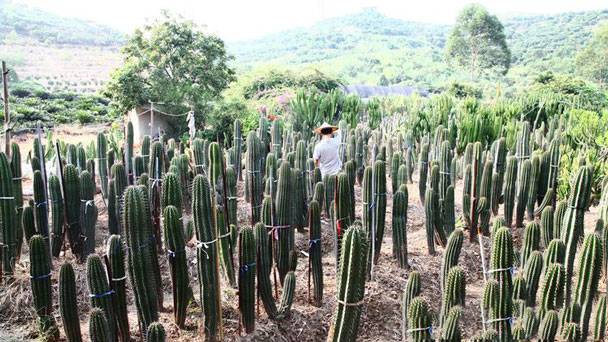
Within the monument boundaries, an average organ pipe cactus stem grows about 2.5 inches a year.
Organ Pipe Cactus Care Quick InfoWhere to Grow Organ Pipe CactusWhen to Grow Organ Pipe CactusHow to Propagate Organ Pipe CactusHow to Care for Organ Pipe CactusOrgan Pipe CactusLightingOrgan Pipe Cactus Soil CareOrgan Pipe Cactus WateringOrgan Pipe Cactus Temperature & Humidity CareOrgan Pipe Cactus Fertilizer CareOrgan Pipe Cactus PruningOrgan Pipe Cactus Pests & Diseases CareOrgan Pipe Cactus FAQsHow fast does Organ Pipe Cactus grow?Is the Organ Pipe Cactus Edible?What is the difference between organ pipe cactus and saguaro cactus?
Organ Pipe Cactus Care Quick Info
| Botanical/Scientific Name | Stenocereus Thurberi |
| Common Name | Organ Pipe Cactus |
| Uses | Popular desert fruits |
| Origin | Mexico and the United States |
| Light Care | Gets sunlight |
| Soil Care | Well-drained soil |
| Temperature Care | 70 -80 degrees F |
| Humidity Care | Moisture |
| Watering | Little to none |
| Pruning Care | Don't need pruning |
| Fertilizer Care | Fertilizing is not necessary |
| Propagation | Be propagated by seeds |
| Toxic | Contain toxic |
| Flower Color | White flowers |
Where to Grow Organ Pipe Cactus
Organ Pipe Cactus succulents need strong light. When planting this succulent type in a garden, make sure it gets sunlight. Full to partial sun is the best for its growth. It is better to grow outdoor rather than indoor. This type of succulent prefers a warm climate. It can survive at zone 9b-11b which is around -3.9 °C (25 °F). If you live in a cold area, it is better to plant organ pipe cactus in an indoor environment. As long as it gets enough sunlight, the plant will grow happily.
When to Grow Organ Pipe Cactus
If you're planting a cactus outside, try to do so during late spring through summer when the plants are actively growing. They'll establish roots more quickly and get off to an easier start.
How to Propagate Organ Pipe Cactus
Organ Pipe Cactus can be propagated by seeds. This succulent type does not require repotting often. Of course, the first-time repotting is essential when it is bought from the store.This succulent type is a slow grower so even if it can be propagated by its seeds, this method is not recommended. To propagate from the seeds, plant the seeds in a well-draining soil mixture. This method can be used outdoors. In cooler areas, indoor propagating is recommended.

How to Care for Organ Pipe Cactus
Organ Pipe CactusLighting
Strong light is essential for healthy desert cacti, especially in the winter. Some species may scorch in direct summer sun if they haven't been hardened off first. Organ Pipe Cactus like bright, but not direct, sunlight. Move them outside during the summer.Organ Pipe Cactus Soil Care
The cactus'habitat is rocky, sandy and usually inhospitable and unfertile. Organ Pipe Cactus grows well in well-drained, gritty soils.Organ Pipe Cactus Watering
You can grow organ pipe cacti in sunny or partly shaded areas. They also require a considerable amount of water. Be sure to keep the soil constantly moist and provide the plants with as much water as they need. The best time to water organ pipe cacti is in the morning. This is because their pores will still be open when the sun comes out. If you water them in the afternoon or evening, the pores will close and no water will be absorbed. organ pipe cactus care is highlighted with the aid of watering. The most frequent reason for potted cactus failure is over irrigating the plant.Organ Pipe Cactus Temperature & Humidity Care
During the active growth period, Organ Pipe Cactus prefer hot, dry temperatures, ranging from 70-80 F In the winter, the plants prefer a cooler period, down to 55 F. In their desert habitats, many cacti are accustomed to very chilly nights. You must protect them from very cold winter drafts. Forest cacti are somewhat less picky about temperature; during the growing season, they have a wide range, from 55-70 F. During the rest period, a colder spell of 50 F is essential.Organ Pipe Cactus Fertilizer Care
You can fertilize Organ Pipe Cactus anytime during the year, but it's best to do so in the spring and summer. Fertilizer that's specifically made for cacti works best.Organ Pipe Cactus Pruning
Organ Pipe Cactus don't need pruning, just the removal of dead or damaged growth with clean, sharp garden shears. We strongly suggest wearing protective gardening gloves while you perform this task.Organ Pipe Cactus Pests & Diseases Care
All types of cactus can be prone to pests including mealybugs, scales, fungus gnats, and spider mites. In most cases, it's possible to carefully wash these pests off of Organ Pipe Cactus using cotton swabs and water.
Organ Pipe Cactus FAQs
How fast does Organ Pipe Cactus grow?
Organ pipe cactus can grow about 2.5 inches a yearWithin the monument boundaries, an average organ pipe cactus stem grows about 2.5 inches a year.
Is the Organ Pipe Cactus Edible?
Organ Pipe cactus fruit can be eaten fresh cut into slices or simply peeled and enjoyed as is. The flesh can be pureed and incorporated into desserts such as sorbet and popsicles.What is the difference between organ pipe cactus and saguaro cactus?
The saguaro (Carnegiea gigantea) is the largest cactus in the United States and is among the tallest cacti in the world. The saguaro are tall columnar cacti that branch well up on the column later in life. Their northernmost range is north of Phoenix, AZ. The Organ Pipe Cactus is the most common columnar northwestern mainland Mexico the northernmost part of their range in southwest Arizona. Organ pipe cactus generally branch right at the ground and their columns are much narrower than that of the saguaro. Google some photos for a visual.Latest Updated
- Benefits of Bugleweed - 7 Science-backed Health Benefits
- Bugleweed Dangers & Side Effects - Is It Poisonous?
- How to Plant Evergreen Trees - What You Should Know
- When to Plant Evergreens - Grow Guide for Evergreen Trees
- 12 Wonderful Evergreen Shrubs for Your Garden
- 12 Popular Evergreen Plants with Pictures for Beginners
- When And How To Prune A Lilac Bush Like a Pro
- How to Grow & Care for Lilac Vine (Hardenbergia Violacea)
- Japanese Lilac Tree (Syringa Reticulata) Care & Propagation Guide
- Shumard Oak Pros and Cons - What to Know
Popular Articles
- Winter maintenance of Antirrhinum Majus
- How to Grow Terminalia Mantaly Tree
- How to Grow and Care for Crossostephium Chinense
- How to grow Antirrhinum Majus in spring
- Peristeria Elata (Dove Orchid) Profile: Info & Care Guide
- Underwatered Snake Plant (Sansevieria Trifasciata) - Signs And How To Fix
- How to Care for Brazilian Jasmine Plant (Mandevilla Sanderi)
- How to Grow & Care for Graptopetalum Purple Delight in Summer
- Rosa Chinensis (China Rose): Plant Growing & Care Tips
- How to Care for Baby Sun Rose (Aptenia Cordifolia)